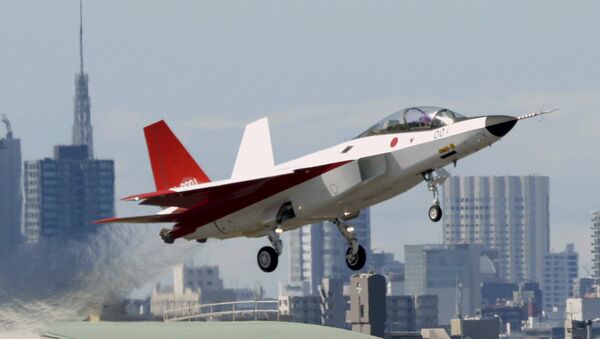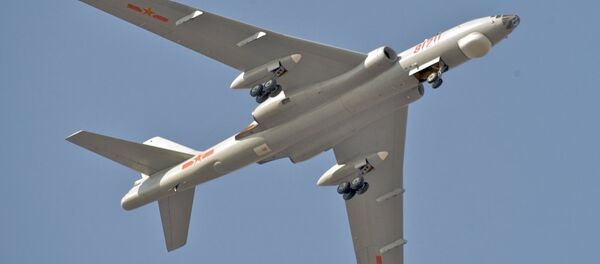The previous high of 944 jet scrambles was achieved in 1984 at the height of the Cold War. The new record stands at 1,168 scrambles, with nearly a quarter, about 73 percent, a response to Chinese aircraft approaching Japan’s airspace. This number is the greatest of any country since Japan’s Air Self-Defense Force (ASDF) began publishing information on scrambles against other nations.
Encounters with Russians flights, mostly long-range bombers, made up 26 percent of the total.
At a Tokyo briefing on Thursday, Japanese Chief of Staff Admiral Katsutoshi Kawano said, "Recently, we have seen Chinese military aircraft operating further south and that is bringing them closer to the main Okinawa island and other parts of the island chain."
He added, "Activities of Chinese jets are on the rise in terms of their frequency, area and duration … Considering the modernizing trend of the Chinese military, we expect this to continue."
Japan’s Defense Ministry reported that in the 2016 fiscal year, Japanese airspace was not violated by foreign aircraft. The ministry also reported 26 “unusual” flights, including some by Chinese bombers and fighters, in airspace that is international but is contested politically.
After the Chinese Navy carried out a drill last month between the Okinawa and Miyako islands as part of an effort to flex its military muscle in the western Pacific, Japan scrambled fighter jets, accompanied by early warning aircraft and bombers that made their way northeast of Taiwan through the Miyako Strait.
China first entered the western Pacific in December when the Liaoning, the country’s first aircraft carrier, sailed through the Miyako Strait for the first time with two frigates and three guided missile destroyers.
Tokyo scrambled fighters a month prior when two bombers, surveillance planes and fighters from Beijing flew through the area, with eight more bombers and fighters from China flying through the strait in September.
China has claimed that Japan is blowing the flights out of proportion by calling them part of Beijing’s "expanding and increasing" military actions, saying instead that the flights are a part of "regular" drills.
Relations between the two Asian countries are tense due a dispute over the Senkaku Islands in the East China Sea, which China claims but Japan controls.
Talks over establishing communications and maritime protocol stalled in 2012 when Tokyo bought the Senkakus.
In September the People’s Liberation Army Air Force announced it would begin "regular" air exercises near the island chain, seen by some as a Japanese barrier to keep the Chinese Navy at bay.
Other experts think the islands could actually serve as launching pads for China’s military.
A Chinese Air Force spokesman was quoted by Xinhua News Agency at the time saying, "This is common practice for the air forces of sea-adjacent states, and a normal requirement for China’s national defense and military-building … in accordance with international law and practice."





